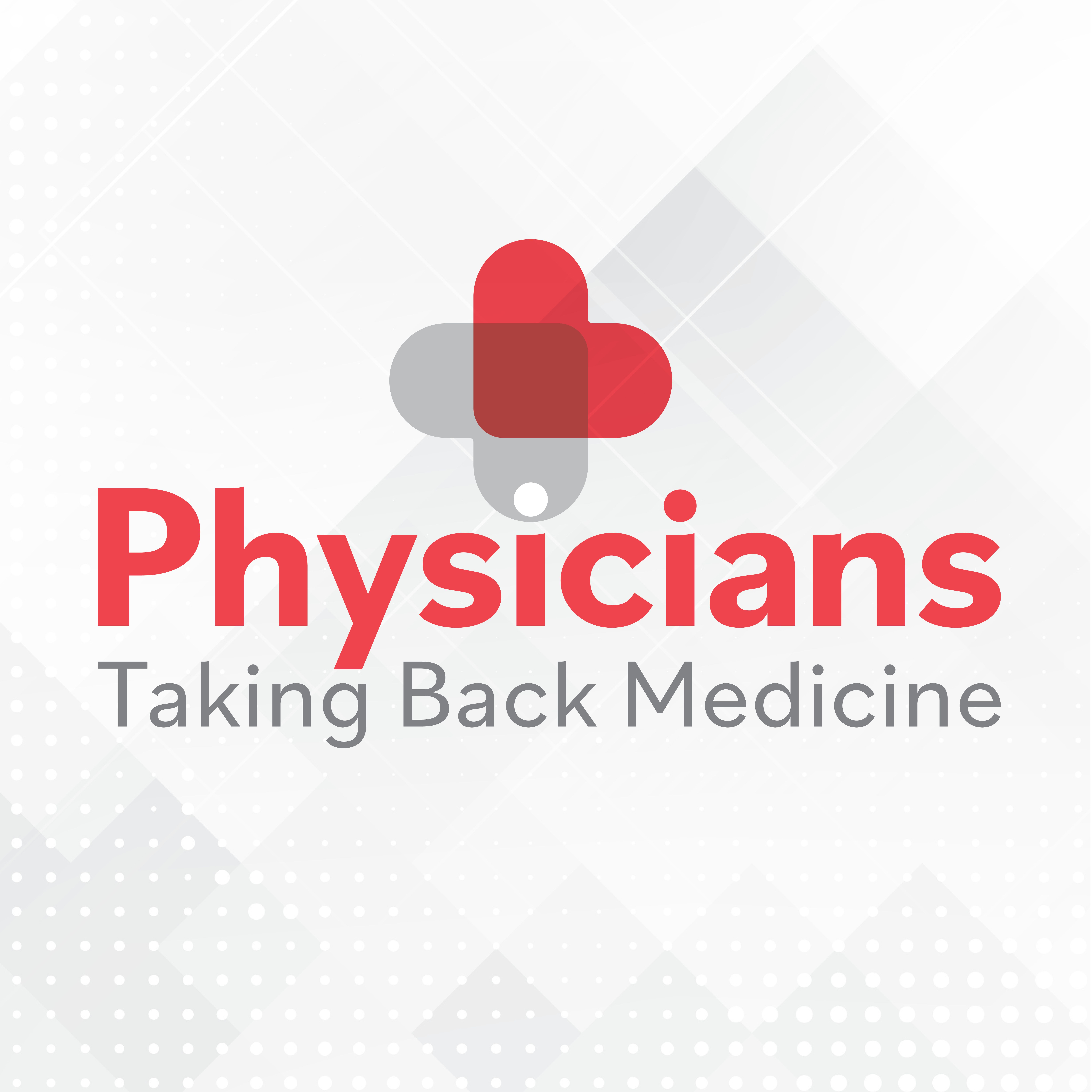News
Article
Physician burnout getting better, but still a major problem in U.S. health care
Author(s):
Key Takeaways
- Physician burnout decreased to 45.2% in 2023 from 62.8% in 2021, yet remains higher than in the general workforce.
- Key challenges include electronic health record demands, healthcare consolidation, and COVID-19's impact on care complexity.
Data for 2023 show decrease from 2021, but doctors still experience more burnout than other workers, survey finds.
© Teeradej - stock.adobe.com

Workplace burnout is getting better over time for American physicians, but they still experience it more than other workers.
A new study examined burnout levels in 2023 and found 45.2% of all doctors reported at least one symptom of workplace burnout. That was lower than the 62.8% rate of 2021, and roughly comparable to rates found in similar surveys for 2020, 2017, 2014 and 2011.
Anyone hoping for a sweeping decrease will be disappointed. American Medical Association (AMA) President Bruce A. Scott, MD, said that organization will continue focusing on solutions and interventions that alleviate burnout for doctors.
“The ebbing rate of physician burnout is a welcome result of the strides made since the COVID-19 emergency to correct existing systematic flaws in health care that interfere with patient care and inflict a toll on physician well-being,” Scott said in a statement. “Despite improvements, physician burnout levels remain much higher than other U.S. workers. Continued efforts are needed across the health system to drive policy change, burden relief, workflow enhancement and technology improvement that are essential to fighting the root causes of the physician burnout crisis.”
The study
“Changes in Burnout and Satisfaction With Work-Life Integration in Physicians and the General U.S. Working Population Between 2011 and 2023,” published in Mayo Clinic Proceedings, outlined the workplace challenges facing doctors in recent years. Those range from the rapid expansion of electronic health records starting in 2009, health care consolidation and productivity demands, and complexity of care. On top of those, the COVID-19 pandemic resulted in the loss of patients and colleagues as telehealth expanded rapidly and medicine became politicized.
“As we emerge from the COVID-19 pandemic, it is hoped that at least some of these challenges will decrease and that levels of occupational distress in physicians will improve,” the study said.
Key findings
Some did. Among 7,643 responding doctors, there were key findings.
- Compared with 2021, mean scores for emotional exhaustion dropped 20.3% and mean scores for depersonalization dropped 29.6%.
- The 2023 burnout rate of 45.2%, for physicians with at least one manifestation of burnout, was lower than 62.8% in 2021. Other comparison rates and years were 38.2% in 2020; 43.9% in 2017; 54.4% in 2014; and 45.5% in 2011.
- Overall, 42.2% of physicians were satisfied with their work-life integration. That rate compares with 30.3% in 2021; 46.1% in 202; 42.8% in 2017; 40.9% in 2014; and 48.5% in 2011.
- For 2023, 65.1% of doctors said they would choose to become a physician again. That compares with 57.1% for 2021; 72.2% in 2020; 68.5% in 2017; 67% in 2014; and 70.2% in 2011.
- Physicians work more than other employees — 31.8% logging 60 or more hours a week for 2023.
‘Increased risk for burnout’
While there were some bright spots, “after adjusting for age, gender, relationship status, and hours worked per week, physicians remained at increased risk for burnout compared with the general U.S. working population,” the study said. Risk did not decrease due to education level, and physicians also had a lower satisfaction rate with work-life integration than the general working population, according to the findings.
Making progress?
The findings have ramifications for the U.S. health care system, with mounting evidence of that, according to the researchers. Burnt out physicians deliver lower-quality care and are more likely to reduce work hours, leave their current jobs, leave medicine or retire, all as the nation faces a physician shortage.
Health care burnout and its consequences are becoming widely recognized, with attention and effort by the National Academy of Medicine, AMA and the U.S. Surgeon General. But investment, especially by Congress, has not yet matched the problem, and health systems must drive the change, the authors said.
“Progress is not achieved through slogans or goals but by establishing the structures and processes necessary to achieve the desired outcomes,” the study said. One model for change is the framework established 30 years ago to drive progress in quality and safety, they said.
Ways to get better
In September, AMA, Mayo Clinic and Stanford Medicine will sponsor the American Conference on Physician Health in Boston to promote “research and discourse on actionable steps to improve physicians well-being.” With Scott’s statement, AMA also promoted tools and methods to address burnout:
- AMA has the Joy in Medicine Health System Recognition Program to recognize health organizations; demonstrated efforts to enhance physician well-being by resolving the root causes of work-related burnout.
- AMA STEPS Forward is a collection of award-winning resources and interactive programming offered by the AMA that help physicians and medical teams make transformative changes to their practices.
- Organizational Biopsy is an assessment tool and set of services developed to assess burnout levels within medical organizations with metrics that can guide solutions and interventions to mitigate system-level burnout rates and improve physician well-being.
- Debunking Regulatory Myths is a series created by the AMA to provide physicians with resources to reduce guesswork and administrative burdens and focus on streamlining clinical workflow processes.
Methodology
For the most recent study, researchers came from AMA, Mayo Clinic, Stanford University and University of Colorado School of Medicine. They timed the survey with queries delivered via email and paper mail from October 2023 to March 2024. Measures included the Maslach Burnout Inventory, the National Institutes of Health Patient-Reported Outcomes Measurement Information System Depression, and the Stanford Professional Fulfillment Index. Physicians were assembled from the AMA Physician Professional Data File.





